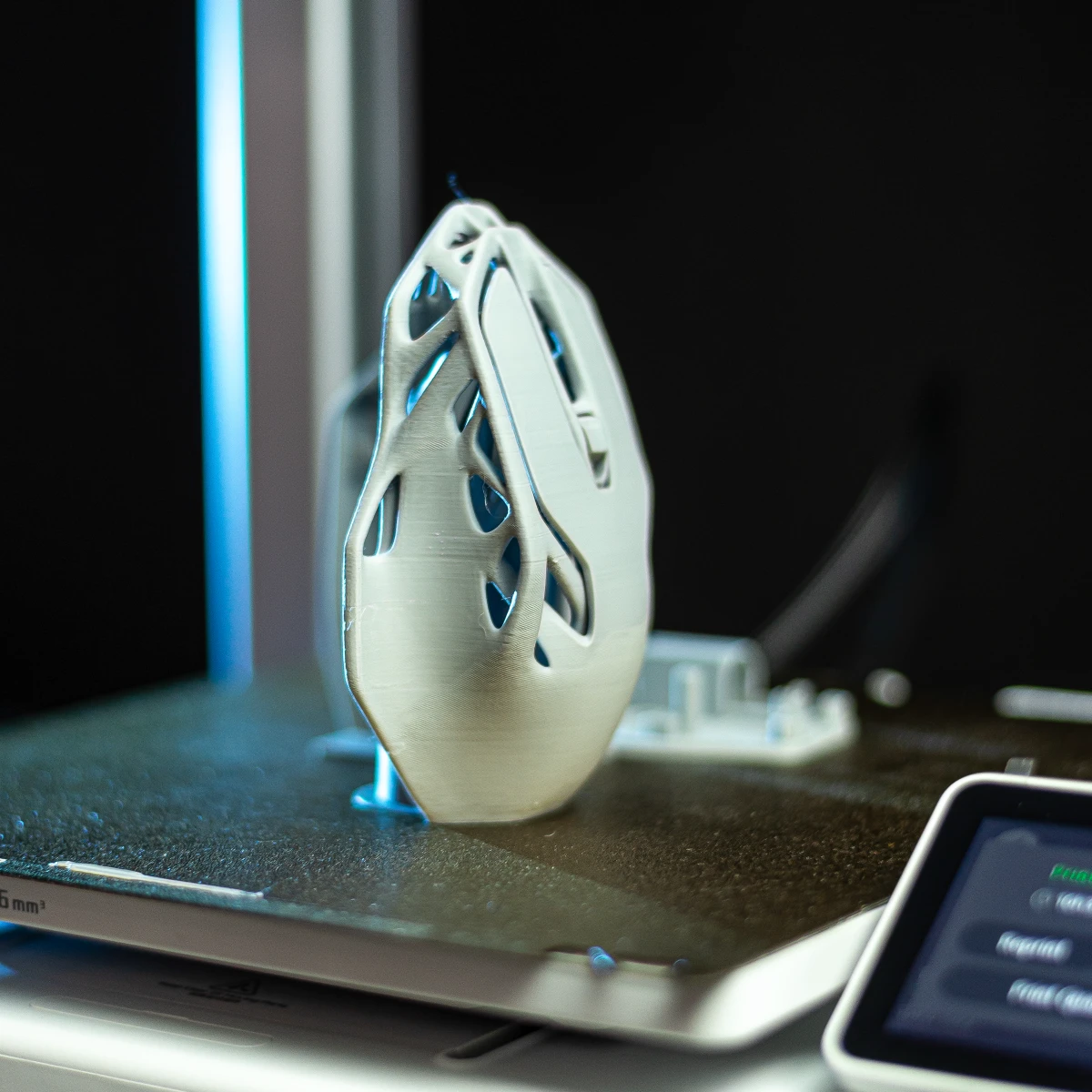Foster Collaboration & Community Building
We provide a space for individuals with common interests to share knowledge, collaborate, and address challenges in their domain. We also encourage networking, and partnerships across academia, industry, and practice.






